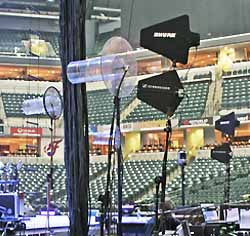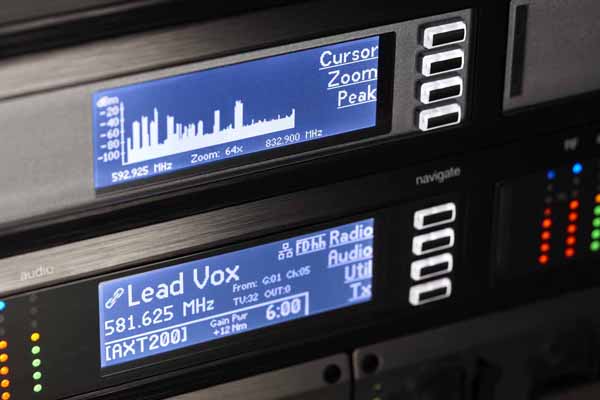As the world around us increasingly embraces the benefits of wireless technology across multiple industries, demand for radio frequency (RF) spectrum has never been greater, and it continues to grow. In the U.S., the Federal Communications Commission (FCC) is charged with making it all work.
In 2012, Congress passed the Middle Class Tax Relief and Job Creation Act, part of which authorized the FCC to conduct a voluntary ”Incentive Auction” among over-the air television broadcast licensees, intended to release spectrum from 698 MHz downward for mobile broadband telecommunications.
The “incentive” refers to a one time offer for the broadcasters who give up their spectrum to share in the proceeds of the auction, which most believe will exceed $20 billion.
While this is great news for users of smartphones, tablets, and laptops, it also means that a large incumbent base of UHF spectrum users will have to relocate. This includes many TV broadcasters and Low Power Auxiliary Stations (LPAS) – which is FCC terminology for wireless microphones, intercoms, and in-ear monitor systems, among other devices.
Shifting Landscape
Having lost access to the 698-806 (700 MHz) band in 2010 due to the transition to digital television broadcasting, it’s easy to view this latest auction plan as a major loss for the pro audio and production industry. But even though some portions of the 600 MHz band will eventually become off limits for wireless microphone operation, there are many aspects to the shifting landscape that are important for production teams to understand and pay close attention to in the months and years ahead, some of which will have long term benefits for our industry.
A quick summary of what’s happening:
1) Portions of the 600 MHz frequency band will transition to mobile broadband service over the next five years and wireless microphones will no longer be legal to operate in the affected ranges.
2) Virtually all large-scale wireless users – those routinely using 50 channels or more – are eligible for the protection of Part 74 licensing, effective immediately.
3) The FCC recognizes the importance of the professional wireless user community, and has committed to providing adequate spectrum space for its reliable operations in the long term.
The precise details of the changing spectrum allocations will not be known for a while, as a large number of variables are in play, but defining the future of wireless is benefitting from ongoing participation in the process by pro audio wireless manufacturers and key power users. After more than a decade of providing education to the FCC on the issues affecting our products and applications, the commission now recognizes ours as a critical and unique use of spectrum that must be accommodated.
This recognition of the need for quality of service heightens in importance when viewed through the longer lens of overall wireless demand. Within our industry, we have seen explosive increases in wireless deployments. As systems have become more reliable, designers for major tours, theatrical shows, and house of worship environments have grown to believe that anything they imagine can be realized.
But it’s not just large productions. In-ear monitors have basically doubled the RF needs of even basic rock bands. In fact, it’s not uncommon to see a performer wearing three bodypacks these days – one for guitar, one for a headworn vocal mic, and a third for IEMs.
Priorities & Balance
While these changes have had a profound effect on the pro audio industry, they are modest compared with the leading source of spectrum demand: telecommunications and the internet.
Congress sees these arenas as ripe for innovation and job creation through the development of a robust national broadband infrastructure. In short, you and your neighbor’s phone, tablet, laptop, and home wireless network increasingly continue to tax the nation’s finite spectrum resources, forcing the conversation at the federal level about priorities and balance.
The U.S. government is not alone is this dilemma, by the way – it’s happening all over the world, pitting broadcasting versus mobile telecommunications, wireless computing versus pro audio. In fact, the situation is so fluid that, depending on the particular issue, opposing interests on one topic may become allies on another and vice versa.
While the FCC’s recognition of wireless microphones as a class that deserves protection is encouraging, there is no denying that, by 2018 or so, there will be changes in the way we operate. These changes will focus on two primary areas: interference protection through licensing, and utilization of alternative frequency ranges.
















